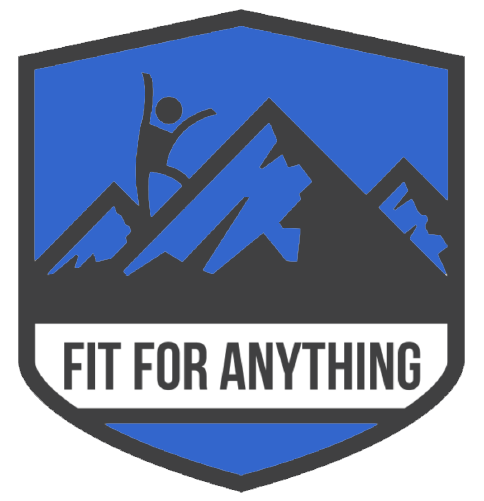Your body will naturally strive to compensate when muscle imbalance is present. While this is a positive feature of the body, the natural inclination to even things out will not necessarily remove all traces of damage.
In simple terms, when one muscle or muscle group is stronger than the muscle that opposes it (i.e. the front of your body, chest and your back muscles) an imbalance occurs. Muscle imbalance is something us personal trainers consider when putting together training packages and why we advocate an all-body workout or workouts, so that while you might be concentrating on one part of your body, the other is taken care of also.
Identifying muscle imbalance may help to “nip in the bud” any emerging problems.
Do I have Muscle Imbalance?
Muscle imbalance may be identified by sight in some cases (during training mostly) and often via performance analysis. You can do some of this yourself.
Check Your Glutes
· Lie on the floor (flat)
· Bend your right knee, bringing your foot (flat) up to your buttocks or as far as it will reach.
· Keep your other leg outstretch, parallel to your torso.
· Lift your pelvis up as high as possible, only using the gluteal muscle.
· Repeat approx. thirty times, slowly raising and lowering to just a few centimetres from the floor.
· Change legs and repeat to identify weakness / strength.
Quadriceps
· Position yourself near a wall
· Now place and push both feet up against the wall.
· Keep your toes on the ground (a push up positioning).
· Once in the push-up position bring yourself to the pike position (by this I mean walk with the hands towards your feet).
· Bend your right leg, picking the foot upwards and off the floor.
· Keep this leg in this position throughout the sequence.
· Bend your other knee slowly down until you are approx. two inches off the ground.
· Squeeze your quads.
· Straighten your leg. Repeat thirty times (or as many times up to thirty as you can) before switching legs and repeating.
· All movement should in this sequence come from the knee, nowhere else.
Testing Your Hamstring
Test your hamstring balance using these steps (and a physio ball):
· Again, lie flat on your back.
· Use your arms to keep you balanced and stable.
· Place your feet on the ball.
· Squeeze your glutes in tight, lifting your back from the mat / floor.
· Ensure you keep your legs and torso aligned.
· Now bend your knee, pulling one foot back as far as possible.
· DO NOT put your body back on the floor during this sequence.
· Extend the leg back again (not quite fully) and repeat up to thirty times.
· Change legs and repeat.
Quadriceps Testing
· Position yourself near a wall
· Now place and push both feet up against the wall.
· Keep your toes on the ground (so not a foot-flat position against the wall, more a push up positioning).
· Once in the push-up position bring yourself to the pike position (by this I mean walk with the hangs towards your feet).
· Bend your right leg, picking the foot upwards and off the floor.
· Keep this leg in this position throughout the sequence.
· Bend your other knee slowly down until you are approx. two inches off the ground.
· Squeeze your quads.
· Straighten your leg. Repeat thirty times (or as many times up to thirty as you can) before switching legs and repeating.
· All movement should in this sequence come from the knee, nowhere else.
The Alignment of Your Knees
Find a sturdy chair or box which measures just below the height of your knee and work in front of a mirror or with a partner.
· Stand in front of the box / chair.
· Now, move your weight onto your heel then sit down and stand up (slowly).
· Only use one leg.
· When moving through this sequence the foot that has been lifted should not be placed on the ground once you are seated.
· Use the mirror or your partner to check whether your knee, foot and hip alignment is correct and that you can maintain it throughout.
What to Do Next
Having identified muscle imbalance/s you should speak to your trainer / physio to identify the best way to alter your training to address them and minimise any further issues.

